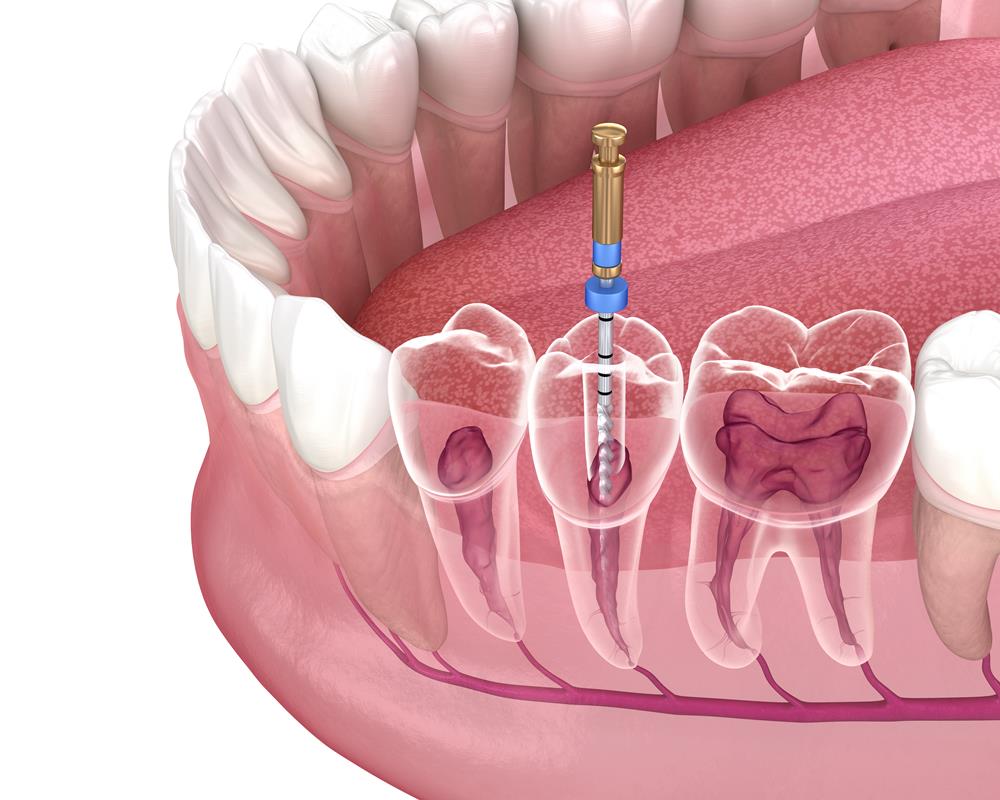
Root canals have developed a bad reputation over the years, but it’s entirely undeserved. In fact, the procedure is no more painful than a filling. Stephen Hiroshige, DDS, provides his patients with safe and effective root canals at his state-of-the-art clinic in Gardena, California. Get your healthy smile back today by calling the office or booking an appointment online to schedule your root canal with Dr. Hiroshige.
Request an AppointmentWhat is a root canal?
A root canal is a procedure Dr. Hiroshige performs to salvage your tooth if its pulp has become damaged or infected.
The pulp is the soft inner layer of your tooth that extends from your tooth’s pulp chamber (the area inside the tooth’s crown) down through the canals of its roots. It’s responsible for transmitting sensations through your tooth, like the feeling of hot and cold, but doesn’t serve much of a purpose other than sensory signals.
When your pulp becomes damaged, either from physical trauma or infectious tooth decay, it swells and presses against the inside of your tooth. Because your pulp contains a great many nerve endings, it’s incredibly painful when it becomes irritated.
A root canal removes the damaged or infected pulp from within your tooth without compromising the rest of your tooth’s structures. In the past, the only way to treat damaged or infected pulp was to extract the tooth entirely, so root canals represent a great advance in dental treatment.
What are the signs of infected or damaged tooth pulp?
You might have damaged or infected tooth pulp if you’re experiencing:
- Toothache
- Darkened or discolored tooth
- Swollen and tender gums
- Pus around the gumline
- A small, pimple-like pocket near the tooth’s root
If you have any of these conditions, schedule an appointment with Dr. Hiroshige immediately. An infected tooth only gets worse, and if left untreated, can lead to more severe oral complications like tooth loss and infection of nearby teeth and oral tissues.
What are the steps to a root canal?
First, Dr. Hiroshige numbs your tooth and applies a rubber dental dam to protect the rest of your smile. Then, he drills a small hole in the top of your tooth to give him access to the pulp within. He uses a series a small tools, called endodontic files, to carefully and gently remove the decayed tissue from within your tooth, then cleans and sterilizes the inside of your tooth to ensure that it’s free from bacteria.
Once your tooth is free from decay and bacteria, he seals your pulp chamber with a compound called gutta percha, which is similar to rubber, and puts a filling in the access hole. Finally, he fits your entire tooth with a dental crown in order to restore its strength and structural integrity.
If you have an infected or damaged tooth, don’t delay getting the treatment you need. Schedule your root canal with Dr. Hiroshige today by calling the office or using the convenient online booking tool.
